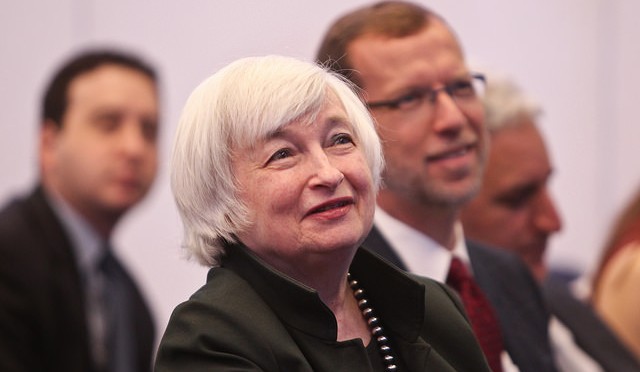
Â
The FOMC meeting this week will be interesting as the Fed is all set to announce its balance sheet reduction program. After starting with years of quantitative easing program to stimulate the economy, the Fed will soon start to unwind its Treasury and Mortgage Backed Securities (MBS) starting September.
Having signaled its intentions to begin unwinding the balance sheet, which sits at over $4 trillion, the Fed is expected to start with a modest $10 billion per month reduction.
By doing so, the Fed will allow the Treasuries and MBS that it holds, to mature instead of reinvesting. The size of this balance sheet reduction is then expected to increase by an additional $10 billion every three months. By October 2018, the Fed is expected to accelerate, with the monthly unwinding reaching $50 billion.
Still, it is expected that the balance sheet normalization will take at least a few years, set against the uncertainty of a potential new candidate being appointed as the Fed chair when Yellen’s term expires in February next year.
On interest rates, no changes are expected. However, with the press conference scheduled later, the markets will get a chance to hear from Ms. Yellen on the Fed’s plan to further hike interest rates one more time this year. At this week’s meeting, the Fed funds rate is expected to remain steady at 1.25%.
US consumer expectations rise
Following the strong monthly increase in consumer prices, the latest data from the University of Michigan showed that consumer expectations on inflation ticked higher. In the monthly report, the UoM’s consumer inflation expectations showed that consumer prices were expected to rise 2.7% next year. This was the highest levels seen since February. In the previous months, consumer expectations on inflation fell to 2.6% and remained there for nearly four months.

U.S. Inflation Rate, August 2017: 1.9% (Source: Tradingeconomics.com)
The five-year consumer inflation expectations also rose slightly from 2.5% in August to 2.6% in September, giving a boost to the Fed’s view that inflation weakness was transitory.

